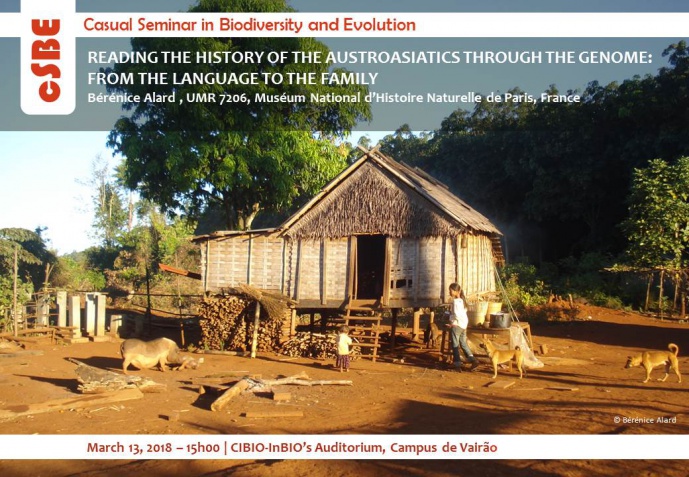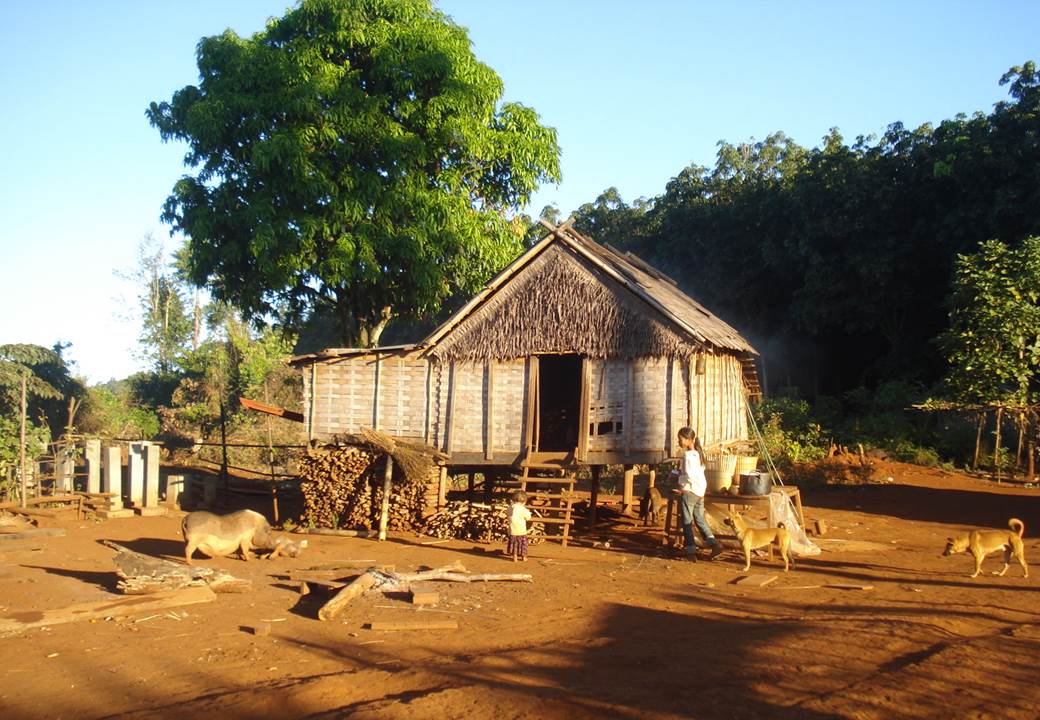READING THE HISTORY OF THE AUSTROASIATICS THROUGH THE GENOME: FROM THE LANGUAGE TO THE FAMILY

CASUAL SEMINAR IN BIODIVERSITY AND EVOLUTION

Asia is the most populated region of the world with more than 4 billion inhabitants and possesses the highest linguistic diversity with more than 2200 languages. The Austroasiatic language family is supposed to be one of the oldest language families in Asia and its origin remains controversial. Besides, it is possible to find in Austroasiatic populations most of the existing kinship systems as unilineal kinship systems. However, from a genetic point of view, Asian and more particularly Southeast Asian Austroasiatic populations are understudied. A new genetic dataset from Cambodia and Laos allowed us to study the demographic history and the conception of kinship of Austroasiatic populations. Do Austroasiatic speakers have a common origin? Has linguistic diffusion been demic or cultural? What is the conception of kinship in the unilineal Austroasiatic societies of Southeast Asia? This talk will summarize the work conducted on these questions during my PhD.
Bérénice Alard is a PhD candidate in Anthropological genetics and Population Genetics at the MNHN in Paris, France. Her research focuses on the use of the genetic diversity to understand the demographic history and the conception of kinship in Austroasiatic populations.
[Host: Jorge Rocha, Human Evolutionary Genetics]
Image credits: Bérénice Alard